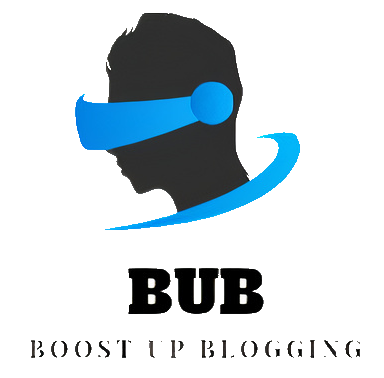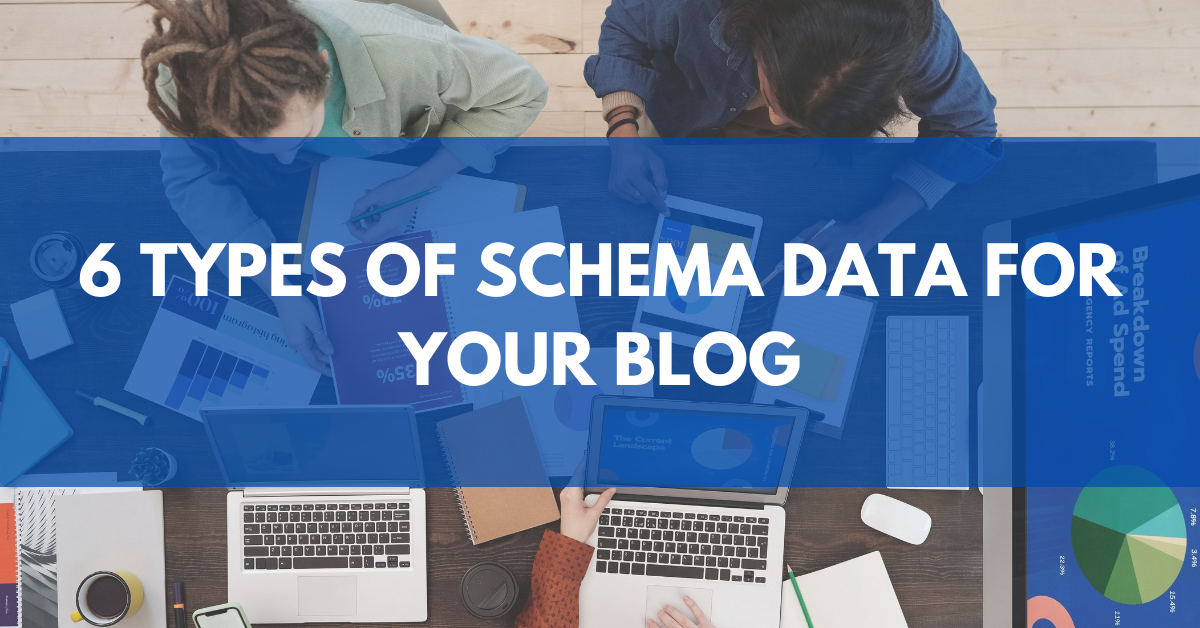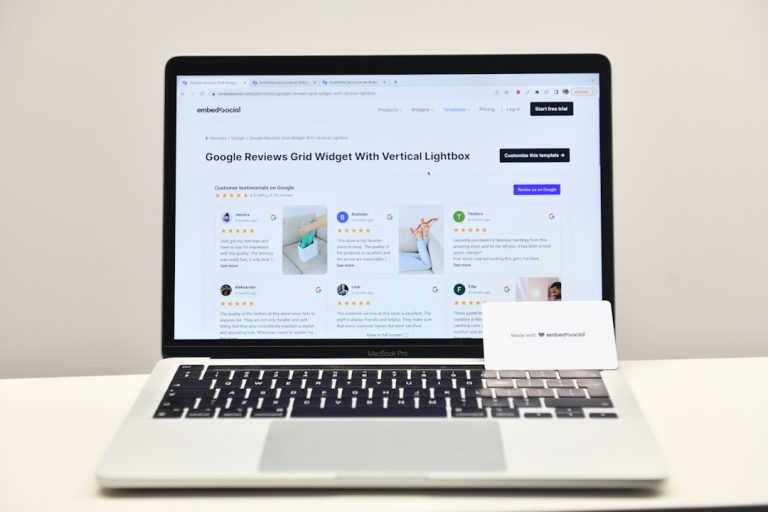6 Schema Data Types For Your Blog
One of the best ways to brand your website is through schema data.
It may not be beneficial to your website’s ranking, but it will undoubtedly feature your website in the reach results, attracting a vast amount of traffic towards your website.
Schema data is a type of Structure Data.
Structured data refers to data from your website presented to search engines in a structured format.
This data helps search engines comprehend a business and its website. As a result, these are very important for search engines to direct relevant and beneficial traffic to your blog.
6 Types Of Schema data That You Can Use
1)Breadcrum
Breadcrumb trails show the hierarchy of categories present on your website. Therefore, you can use it to include your website in the rich snippet result in the Search Engine Results Pages(SERPS).
For this, you need to insert a code for the breadcrumb inside the body tag of your page.
Here’s the code,
Paste Photo1
Where,
- @context = “http://schema.org”, indicates schema.
- @type – It specifies the kind of schema data
- itemListElement -It is a hierarchical linear array that lists the categories.
- position – indicates the position of a category in the hierarchy, i.e either it is the first category or the subcategory.
- name -It signifies the category title.
- item- Here, you need to insert the URL of the page of that category.
2) FAQ Schema Data
Paste Photo2
The FAQ type of Schema in the website helps users to answer their brief definite questions that do not require much explanation to grasp.
You must add this code to obtain a FAQ schema.
Paste Photo3
Where,
- main Entity – This is an array that contains all of the questions and answers you want to publish to assist your visitors.
- name – Name present beneath the ” @type: Question” is where you will add your question.
- text – You will enter your response in the “text” displayed under the “acceptable Answer.”
Now there are few guidelines on when you can use this schema data.
- When you have more than one or a collection of questions to display.
- When you(site owner) answer one of the questions by yourself.
- When your visitors are not required to provide an answer to those inquiries etc.
3) How-To
Paste Photo4
When you wish to provide a tutorial on something, you utilize this type of Schema data.
You can classify How-to schema data into two categories.
- Where you can include the steps in a linear organized style.
- You can attach a photo at each step of your instruction.
The code for How-To may seem a bit complex at first but if you take time and try to understand it, you will notice it ain’t that much hard.
Paste Photo5
Let’s break down the code into five parts.
- @type: How To
- name- It contains the title of the tutorial.
- description- It gives a brief overview of the tutorial.
- image- It contains all the details of the photo associated with the tutorial, URL of the image, height, width etc.
- @type: Monetary Amount
This part asks you to include the amount spent if any.
- currency: Indicates the currency of your country or whatever currency seems relatable to your user. For example, Pound, Dollar, and so forth.
- value: This section requests that you provide the amount spent if any.
- supply: It represents the necessary items.
- tool: Indicates the tools necessary to complete the job.
- step
- @type=”How to Steps”
- name -Title of the step.
- itemListElement- It is an array where you include all the steps.
- image- To include a photograph of that specific stage, provide the URL, height, weight, and so forth.
This type of schema data now has primary guidelines. A few of them are:
- You are not permitted to use it for any promotional purposes.
- Do not use it if your instruction is about cooking. For the recipes, Google provides a distinct “Recipe Structured Data” section.
- The “How-To” lesson utilized on your page must be the major focus of your page and not simply a minor section of your content.
- The schema must include the complete content of that specific step, not simply the introduction.
4)Logo Schema Data
Paste Photo6
It is beneficial to display your brand’s logo on Google search engine result pages.
The coding used for Logo data is one of the most simple to comprehend.
Here’s the code,
Paste Photo7
It includes the type URL of your website as well as the URL of your logo.
A few guidelines for your logo are as follows:
- The width and height of your logo must be at least 112px*112px.
- Your logo URL must be crawlable and indexable by the web crawler.
5)Movie
Paste Photo8
This type of structured data is useful if you want to optimize your website for mobile devices.
You can see them present in the form of a carousel in the Google SERPs. If your website is about movies, you may categories those movies and then enter the code into your website.
The code is fairly similar to that of breadcrumbs, however, there are a few differences. Such as, there, you had to mention a “name” code to title the categories while you don’t need to add this code.
Here’s the code,
Paste Photo9
Where,
- itemListElement array contains
@type, position i.e position of the category and the URL of the page.
6)Q&A
Paste Photo10
The Q&A and FAQ Schema data types are quite similar. The only difference is that in Q&A, visitors may add answers to the questions, whereas, in FAQ, visitors cannot answer them.
Q&A is used on forums, support pages, product-related pages, and so on.
Here’s the code:
Paste Photo11
Where,
- main Entity includes information about the question, such as the time it was published, who published it, and so on.
- ”accepted Answer” includes information on the right answer to the question.
- ”suggested Answer” contains information on an answer that is not deemed the best answer.
Conclusion
There are hundreds of websites on the internet, yet only a small percentage of them use them. It helps this website to brand itself and make them more user friendly. If you find it a bit complex to understand please take help from a technical guide to update your website.
Also, keep in mind that Google is always updating things, so keep up with every notification you receive. I hope I was able to give a new direction on how to brand your website. Please share your views and opinions in the comments section below.






